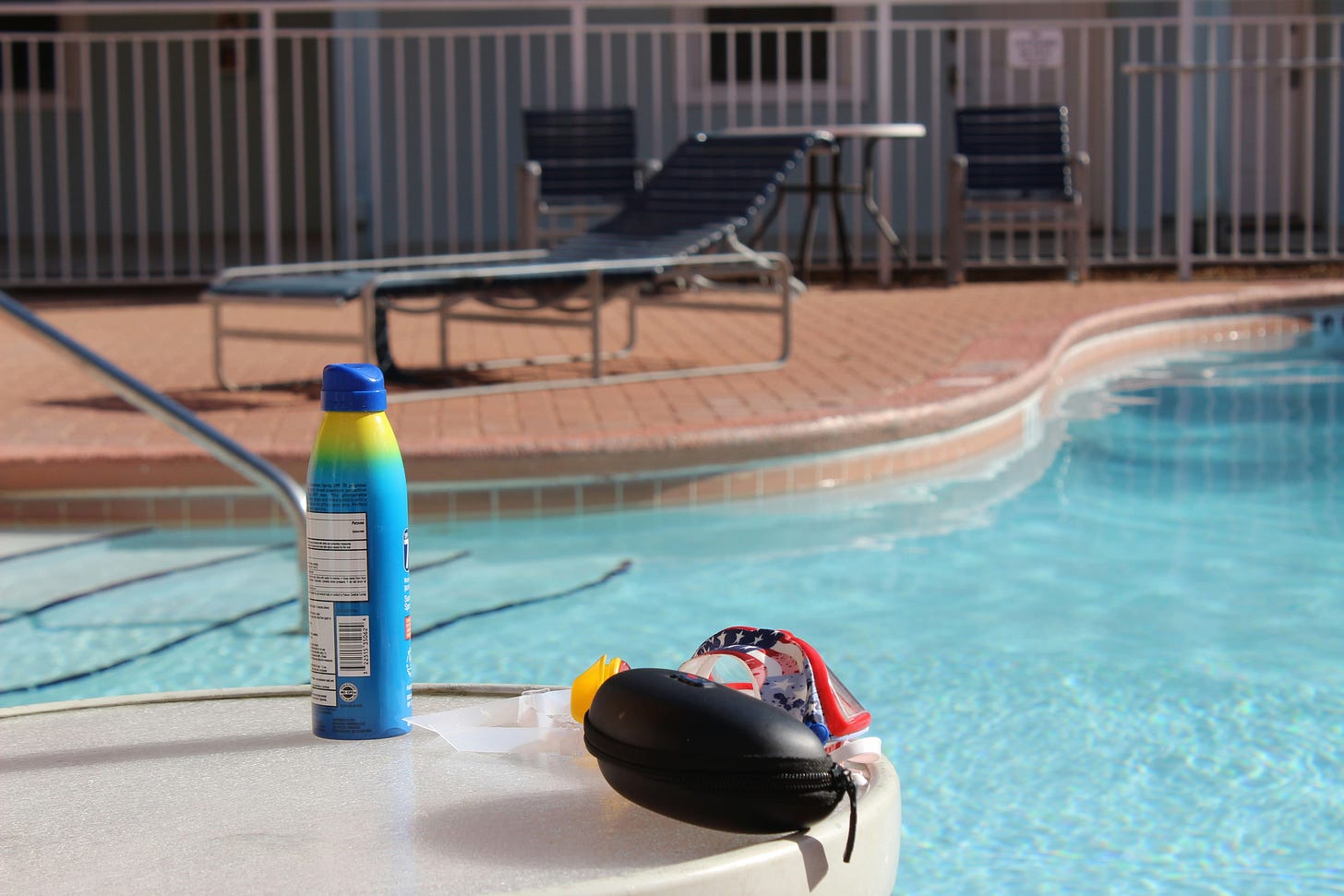Stop Using Toxic Sunscreen
And what to use instead.
Welcome back to another email newsletter edition of Kaywood’s Kitchen, where our mission is to help you and your family live as healthily as possible — from recipe ideas to non-toxic swaps. If you’re new around these parts, be sure to subscribe so you never miss a post.
The sunscreen that you’re planning to put on your kids this summer?
It’s (probably) toxic.
When summer hits, most people don’t even do their research on buying the right sunscreen. They just trust the big box brands. They have been taught to look for a specific SPF number; they exclusively measure whether or not a sunscreen is a good option by how much they burn. This is a mistake.
Here’s the problem: the sunscreen that you use isn’t protecting your skin the way you think it is.
In fact, it could be exposing your body to a slew of toxic chemicals linked to hormone disruption and skin irritation.
There are two kinds of sunscreens:
1. Chemical-based
2. Mineral-Based
The solution? Avoid chemical-based sunscreens. And make the switch to non-toxic, mineral-based sunscreens — specifically those made with zinc oxide.
The Hidden Dangers of the Sunscreen You’ve Been Using
The majority of big-name brands use chemical UV filters like:
Oxybenzone
Octinoxate
Avobenzone
Octocrylene
Homosalate
Octisalate
They’re not good for your health.
Go grab your sunscreen. Look at the ingredients. Do you see these on there? Get rid of it.
These ingredients are designed to absorb UV rays, but at a cost.
Oxybenzone, for example, is a known endocrine disruptor, meaning it can interfere with your hormone system. The FDA has even acknowledged concerns about the long-term safety of oxybenzone and other chemical UV filters.
Octinoxate has been linked to thyroid hormone disruption. Both oxybenzone and octinoxate are also banned in places like Hawaii and Palau because of the damage they cause to coral reefs.
Your skin is your body’s largest organ, and what you put on it gets absorbed. That explains why I feel Magnesium cream more than when I take it through supplementation. And you don’t want those chemicals seeping into your body.
Zinc Oxide
What should you look for when buying a screen? Zinc oxide.
It protects against both UVA (aging) and UVB (burning) rays. It's non-toxic, reef-safe, and gentle enough for babies, which makes it ideal for anyone with sensitive skin or allergies. It’s a mineral. It’s safe for your body.
What We Use
Here’s what we use:
1. Badger. This is our favorite one! Their formulas are USDA Certified Organic, water-resistant, and incredibly smooth on the skin. Love this stuff.
2. Babo Botanicals. Love this one as well. Their spray option is legit. Made for sensitive skin and kids. Bonus: they’re a certified B Corporation, so you can feel good about supporting their ethical practices.
3. Pipette. Just got this one, but we trust the ingredients. Helpful if you’re looking for a sunscreen to rub on your face. It’s a favorite among parents because it’s gentle enough for infants but works for the whole family.
Make the Switch for Summer
Switching to non-toxic sunscreen isn’t just a “natural living” trend — it’s a critical decision for your health and your family’s future. Chemical sunscreens might be convenient, but the long-term risks are too significant to ignore.
So before you slather sunscreen this summer, flip the bottle over, read the ingredients, and make the healthy switch. Your skin — and your body — will thank you.
P.S. If you’re not already, please follow us on Instagram to stay in touch!



